Looking for a .270 rifle? Here we go over what makes for the best .270 Winchester rifles and a few top models to consider.
There was a time when choosing a good .270 rifle was simple. You either got a Remington 700, a Winchester Model 70 or had one made custom by someone who knew what they were doing. Whichever route you went, your rifle was guaranteed to be solid.
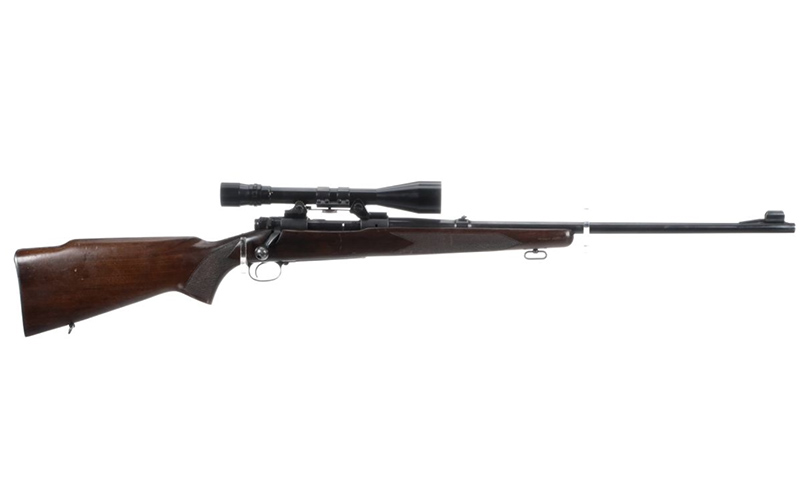
Today, while the .270 rifle shopper is spoiled lousy for choice, he can also be easily led astray by models that don’t suit his intended purpose.
How I Chose The Best .270 Rifles
I'm a big fan of .270 Winchester, and resultantly, I've spent a good amount of time behind a variety of different .270 rifles. Like any other caliber of rifle, some are better than others, and some are simply better suited for certain tasks than others. Drawing from my experience with several of the different models on the market, I've narrowed my list of top .270 rifles down to these options based on their accuracy, triggers, ergonomics, prices and general features.
Top .270 Winchester Rifle Options
- Best Overall: Christensen Arms Ridgeline FFT
- Best Budget Model: Savage 110 Trail Hunter
- Best Classic Model: Winchester Model 70 Featherweight
- Fastest Model: Remington 7600
- Best Lightweight Model: Howa 1500 Carbon Stalker
- Best Model For Women: Savage 111 Lady Hunter
Specs Comparison Of The Top .270 Winchester Rifles
| Model | Action | Capacity | Bbl Length (inches) | Overall Length | Bbl Twist | Threaded Muzzle | Weight (pounds) | Stock Material | MSRP |
| CA Ridgeline FFT | Bolt | 4+1 | 20 | 41.5 | 1:10 | 5/8×24 | 5.3 | Carbon fiber | $2,050 |
| Savage 110 Trail Hunter | Bolt | 4+1 | 22 | 43.25 | 1:10 | 5/8×24 | 8.2 | Rubber | $640 |
| Winchester Model 70 Featherweight | Bolt | 5+1 | 22 | 42.75 | 1:10 | No | 7 | Wood | $1,370 |
| Remington 7600 | Pump | 4+1 | 22 | 42.6 | 1:10 | No | 7.5 | Wood | N/A |
| Howa 1500 Carbon Stalker | Bolt | 4+1 | 22 | 40.5 | 1:10 | 1/2×28 | 6.4 | Carbon fiber-wrapped | $970 |
| Savage 111 Lady Hunter | Bolt | 4+1 | 20 | 40.75 | 1:10 | No | 6.5 | Wood | $1,050 |
Best Overall: Christensen Arms Ridgeline FFT

Christensen Arms Ridgeline FFT Specs:
Action: Bolt
Capacity: 4+1
Barrel Length: 20 inches
Overall Length: 41.5 inches
Barrel Twist: 1:10
Threaded Muzzle: 5/8×24
Weight: 5.3 pounds
Stock Material: Carbon fiber
MSRP: Starts at $2,050
Website: christensenarms.com
PROS:
- Super lightweight
- Incredibly accurate
- Comes with brake & threaded barrel
CONS:
- Very expensive
Christensen Arms makes some of the best modern hunting rifles money can buy. Ultra-light, ultra-precise and exquisitely crafted for the utmost performance in the field.
The stock is a carbon fiber sporter stock with steel bedding pillars. It has a Remington 700-based action, a TriggerTech trigger and Christensen Arms' carbon fiber-wrapped 20-inch barrel which has a 1:10 twist. Christensen also hand-laps the barrel and installs a side-baffle muzzle brake, which is removable.
It's available in multiple colors and camo patterns. The rifle weighs in at 5.3 pounds and comes with Christensen Arms' Sub-MOA guarantee. There are few .270 rifles as light, as accurate or as up-to-date.
You'll pay for the privilege, as Christensen Arms rifles don’t come cheap, but if you wanted a lightweight, state-of-the-art rifle, I'd argue that it has no peer.
Christensen Arms Ridgeline FFT Deals
Best Budget Model: Savage 110 Trail Hunter
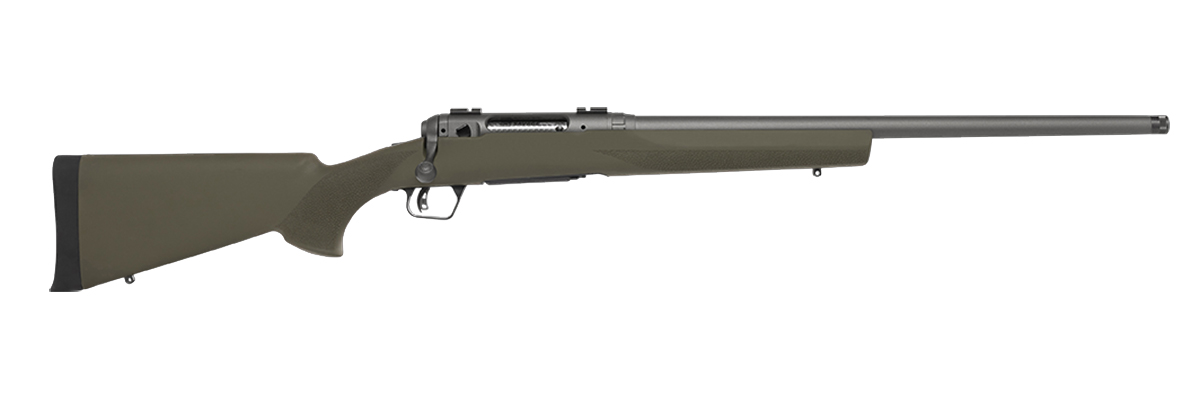
Savage 110 Trail Hunter Specs:
Action: Bolt
Capacity: 4+1
Barrel Length: 22 inches
Overall Length: 43.25 inches
Barrel Twist: 1:10
Threaded Muzzle: 5/8×24
Weight: 8.2 pounds
Stock Material: Rubber
MSRP: $640
Website: savagearms.com
PROS:
- Affordable
- Comfortable, durable stock
- Threaded barrel
CONS:
- Heavy
If bang for your buck is a concern, the Savage 110 Trail Hunter is nigh-on unbeatable. It may not be the fanciest .270 rifle on the list, but it can absolutely get the job done without breaking the bank.
The rifle has a 22-inch barrel with a 1:10 twist, an OD green Hogue Overmolded rubber stock and a Tungsten Cerakote finish. I also appreciate that despite being a budget rifle, the 110 Trail Hunter comes suppressor-ready with a 5/8×24 threaded muzzle. Other nice features include its 3-position tang safety, its 2-piece Weaver-style scope bases and, of course, an AccuTrigger.
Magazine capacity is 4+1 in a flush-mount detachable box, and the gun weighs in at 8.2 pounds. You'd be hard-pressed to find more value for the money, and the only additional thing you'll need to get out in the field is a scope.
Savage 110 Trail Hunter Deals
Best Classic Model: Winchester Model 70 Featherweight

Winchester Model 70 Featherweight Specs:
Action: Bolt
Capacity: 5+1
Barrel Length: 22 inches
Overall Length: 42.75 inches
Barrel Twist: 1:10
Threaded Muzzle: No
Weight: 7 pounds
Stock Material: Wood
MSRP: $1,370
Website: winchesterguns.com
PROS:
- Classic aesthetics
- Very Accurate
- Famous Mauser-derived controlled-round-feed action
CONS:
- Expensive
- Wood stock isn't most durable material
- Barrel not threaded
If you prefer classic hunting rifles, there are few better than The Winchester Model 70 Featherweight. Jack O'Connor made this gun in this caliber famous over half a century ago, but I'd argue that today's Model 70 Featherweight makes a compelling case for itself on its own.
You get a walnut stock and a 22-inch blued barrel and receiver with a 1:10 twist rate. The stock has fleur-de-lis checkering (a homage to O'Connor's rifles, which were thusly engraved) and comes with Winchester's MOA adjustable trigger. It has the same Mauser-derived controlled-round-feed action as the vaunted pre-64 guns. Capacity is 5+1 rounds in an internal box magazine.
The new-production rifles are every bit the equal in accuracy, reliability and quality (if not superior) to the much-ballyhooed pre-64 guns.
Winchester Model 70 Featherweight Deals
Fastest Model: Remington 7600

Remington 7600 Specs:
Action: Pump
Capacity: 4+1
Barrel Length: 22 inches
Overall Length: 42.6 inches
Barrel Twist: 1:10
Threaded Muzzle: No
Weight: 7.5 pounds
Stock Material: Wood
MSRP: N/A
Website: remarms.com
PROS:
- Much faster than a bolt-action
- Points naturally
CONS:
- Only available second-hand
- Wood stock isn't most durable material
- Barrel not threaded
The Remington 7600 is an oddity, a pump-action rifle partially based on Remington's shotguns. Never a favorite of western hunters, but it was beloved in the upper Midwest and the Northeast. Oddly enough, it even had a cult following in Australia as well. If you wanted a .270 rifle for timber hunting, look no further.
The 7600 has a 22-inch barrel with a 1:10 twist, and it weighs in at 7.5 pounds. The standard box magazine holds 4 rounds, but aftermarket 10-round box mags are available too. Irons come on the rifle, but the receiver is tapped to mount whatever you'd like, even a red dot if you don't care about being traditional (fun fact, the first electronic red dot was the Aimpoint Electronic, and it was designed for hunting).
What's so great about this oddball rifle? It's based on a shotgun, so the gun mounts the shoulder wickedly fast and with the sights aligned. If you needed to make a fast shot, there are few rifles that get on target as quickly, which is part of what endeared them to so many people. The only catch, this model was discontinued in 2020, so you'll have to find one of the second-hand market.
Best Lightweight Model: Howa 1500 Carbon Stalker

Specs:
Action: Bolt
Capacity: 4+1
Barrel Length: 22 inches
Overall Length: 40.5 inches
Barrel Twist: 1:10
Threaded Muzzle: 1/2×28
Weight: 6.4 pounds
Stock Material: Carbon fiber-wrapped
MSRP: $970
Website: howausa.com
PROS:
- Lightweight
- Rugged carbon fiber-wrapped stock
- Threaded barrel
CONS:
- Trigger is a bit heavy
The Howa 1500 Carbon Stalker is a lightweight rifle that's perfect for backcountry hunts. The carbon fiber-wrapped stock brings weight down to 6.4 pounds before optic and ammunition. It's offered in black carbon fiber or a Kryptek camo pattern.
The action is Howa's 1500 bolt-action, a rugged and accurate platform that's excellent for the intended purpose. It's fed by a 4-round magazine and has a 22-inch barrel with a 1:10 twist rate and a threaded muzzle in case you want to mount a suppressor.
It's a near state-of-the-art hunting rifle, and it’s close to 1-pound lighter than most other bolt-action rifles. I was already a big fan of the Howa 1500, and dropping the weight with a carbon fiber-wrapped only makes it better.
Howa 1500 Carbon Stalker Deals
Best For Women: Savage 111 Lady Hunter

Specs:
Action: Bolt
Capacity: 4+1
Barrel Length: 20 inches
Overall Length: 40.75 inches
Barrel Twist: 1:10
Threaded Muzzle: No
Weight: 6.5 pounds
Stock Material: Wood
MSRP: $1,050
Website: savagearms.com
PROS:
- Classic aesthetics
Lightweight and nimble
CONS:
- Wood stock isn't most durable material
- Barrel not threaded
There are almost no compact rifles chambered in .270 Winchester, but one of the few that qualifies is the Savage 111 Lady Hunter. It has a 20-inch barrel with a 1:10 twist, and a slightly shorter length of pull (12.5 inches) compared to most rifles, which are usually 13.5 inches.
The stock is made of oiled brown walnut and is sporter-style with a Monte Calo cheekpiece. The action is Savage's vaunted 110 action, with a detachable box magazine that holds 4 rounds. Like most of Savage’s rifles, it features the AccuTrigger system.
This light rifle may have been designed with female shooters in mind, and it is an excellent choice for them, but don't shy away from it just because you're not a lady. Despite the Savage 111's classic wood aesthetics, it's incredibly light at only 6.5 pounds, and the shorter length of pull will make it faster in handling. This would make for an excellent backcountry hunting rifle regardless of what sex you are.
Savage 111 Lady Hunter Deals
What To Look For In A .270 Rifle
All rifles of any caliber should be accurate and reliable, otherwise, they aren't the good kind of interesting. The good news is reliable and accurate bolt-action rifles can be had for a song. Today's budget rifles are often better than the top-tier factory rifles of even 20 years ago.
Here's what you should consider.
Stocks, stock materials and weight are a good things to pay attention to. .270 Winchester is one of the dominant hunting calibers for people who hunt game in open country and lugging a 9-pound rifle and scope around isn’t very pleasant.
Synthetics are lighter than wood, after all! You may also want to eschew blued guns if you live in an area that gets a lot of precipitation. Many shooters also find the factory length of pull to be too long on modern factory rifle stocks, so features like adjustability can be important as well.
If you're going to carry this rifle for any length of time or distance afield, bear those things in mind.
As far as action types, there are very few rifles chambered for .270 Winchester that are not bolt-action rifles.
There are only three non-bolt action rifles made in this caliber by a major manufacturer. Browning's BAR and BLR (semi-auto and lever-action, respectively) and the Remington 7600 pump-action. If bolt-action guns are not your cup of tea, your .270 rifle options are limited.
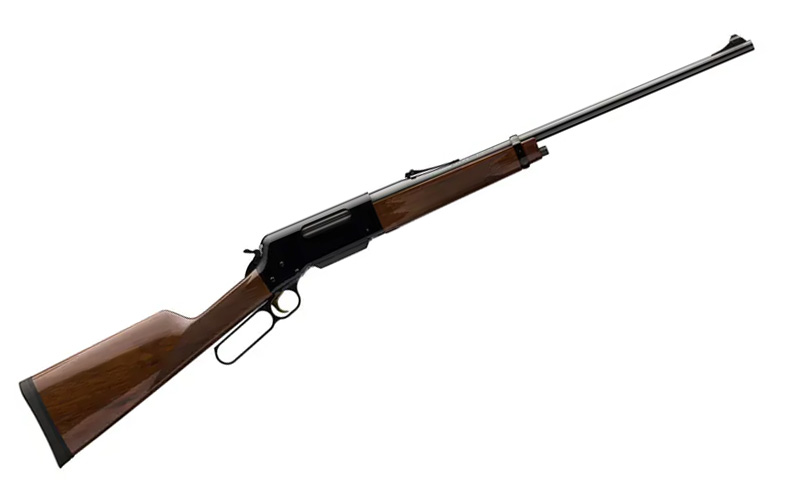
Almost no factory rifles are offered with a twist rate other than 1:10. If you intend to get a rifle for the light varmint bullets or heavy long-range bullets, such as Berger's Extreme Outer Limits bullet, you'll likely need to find a custom barrel maker.
As for barrel length, there aren't many compact rifles offered in this caliber. Classically, 22 to 24 inches was the sweet spot. Any shorter than 20 inches, and you're just converting powder to noise and getting kicked harder than you would by a 7mm-08 or .243. You might as well not bother.
Then you have the sighting.
Whether you want to use a Picatinny rail or traditional scope mount mostly comes down to personal preference. Some guns will have factory-standard iron sights, and some will not. Having them or not is, again, a personal preference, but having a backup or a close-range sighting method to go with an optic is never a bad idea.
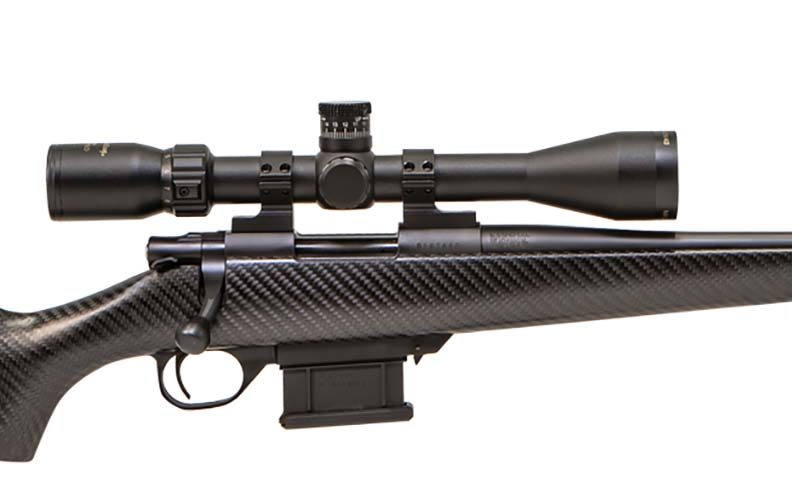
After determining how exactly you plan on using a .270 rifle, you can begin narrowing down features. After deciding on your preferred stock material, barrel length, optics mounting style and anything else, the final consideration is your budget. Rifles in this caliber can vary greatly in price, so regardless of how deep your pockets are there should be a model out there that’s perfect for your needs and means.
.270 Winchester Rifle FAQ
A .270 Winchester rifle is most ideally suited for hunting medium-sized game such as deer. It offers a flat trajectory, making longer range shots easier, and it doesn't have too much recoil for the amount of power it provides. The cartridge is available with a wide variety of different projectiles as well, helping to make it even better suited for specific tasks.
Generally speaking, no, most shooters find .270 Winchester very tolerable in terms of recoil. However, the weight of the rifle effects this as well. Most common .270 rifles will weigh 7 to 8 pounds and result in manageable levels of kick. With very lightweight rifles, some shooters may find that it does have too much kick for their liking.
While .270 Winchester can reach out much farther with plenty of accuracy and power, for most shooters, it's a good idea to not try and harvest game with a .270 Winchester rifle beyond 400 yards.
More On Hunting Rifles:
- Top 10 Bolt-Action Rifles For Hunting
- Mossberg Patriot: True Globetrotting Hunter
- Best Affordable .308 Rifles For The Hunt
- Best .22-250 Rifle Buyer's Guide


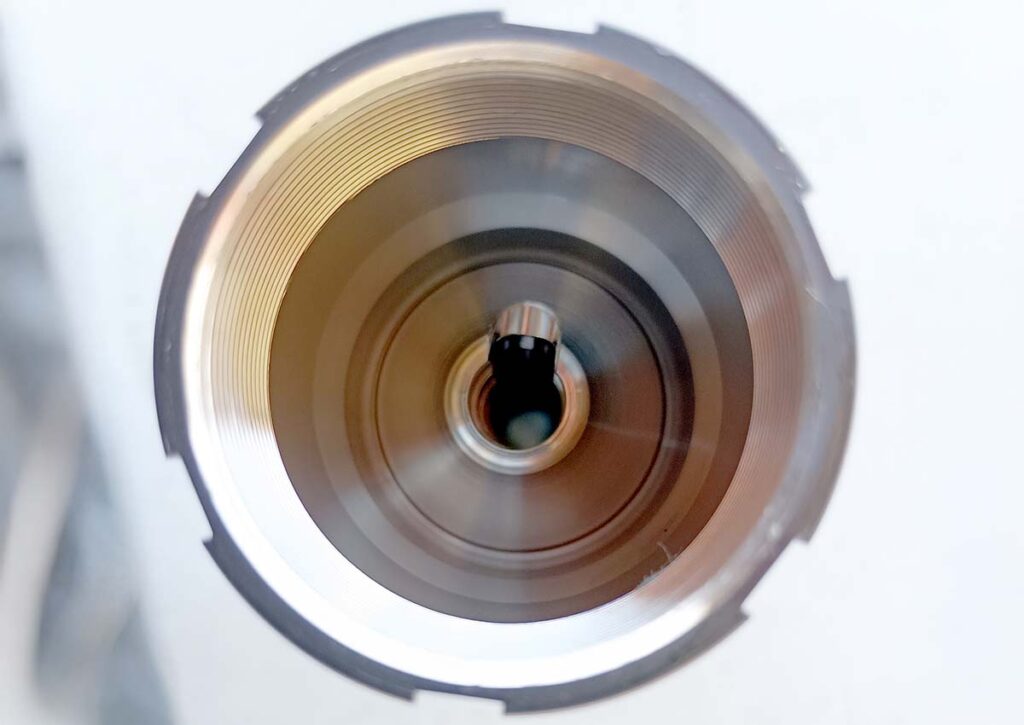
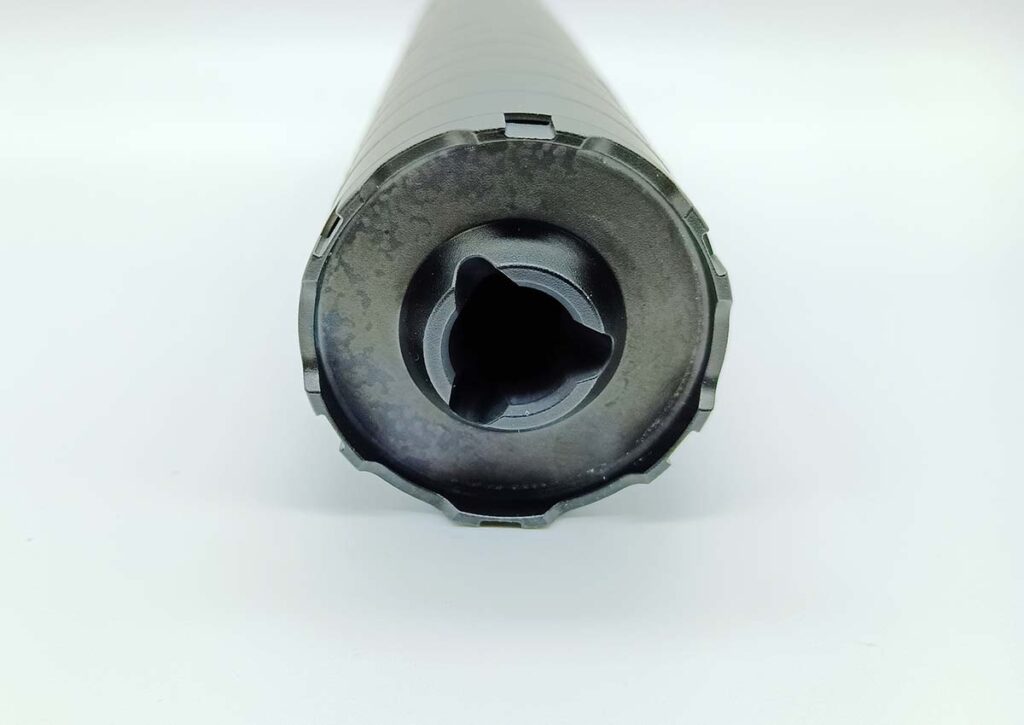
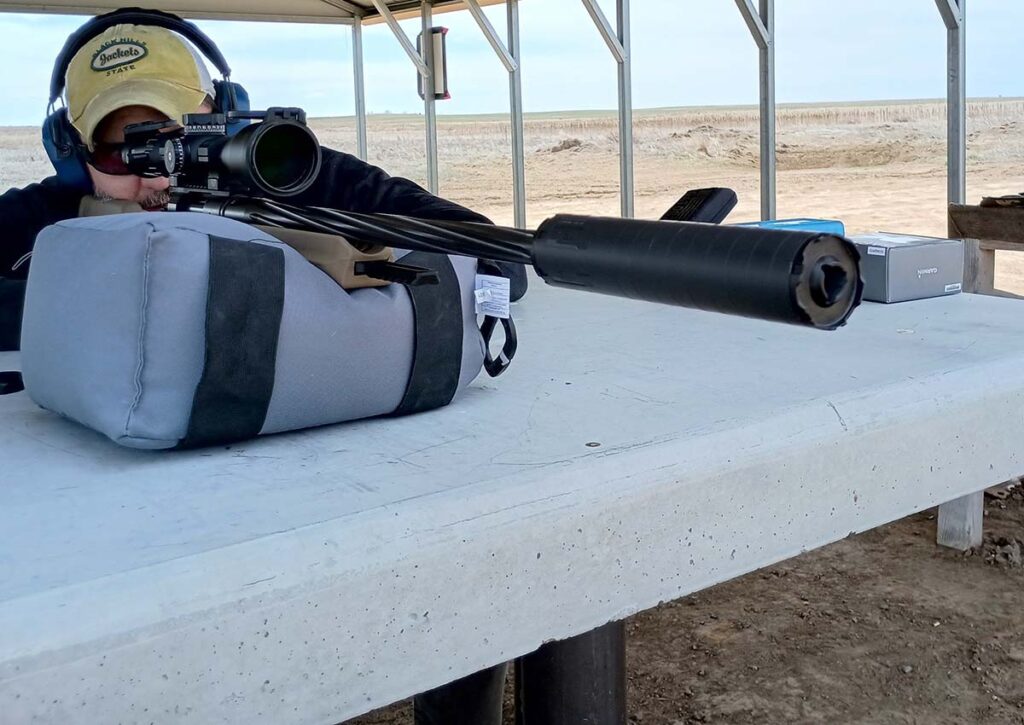

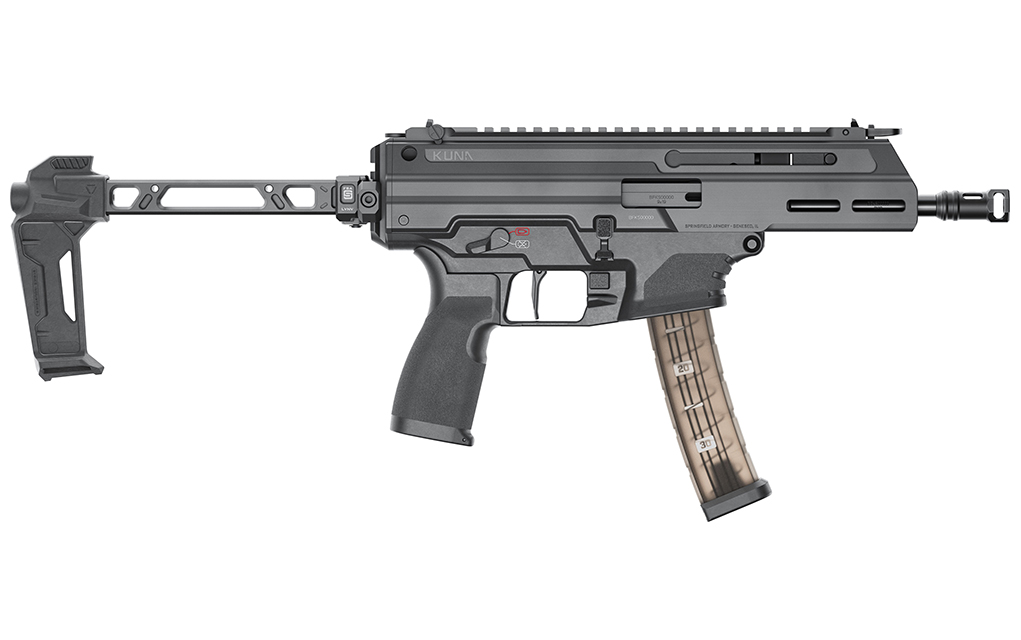
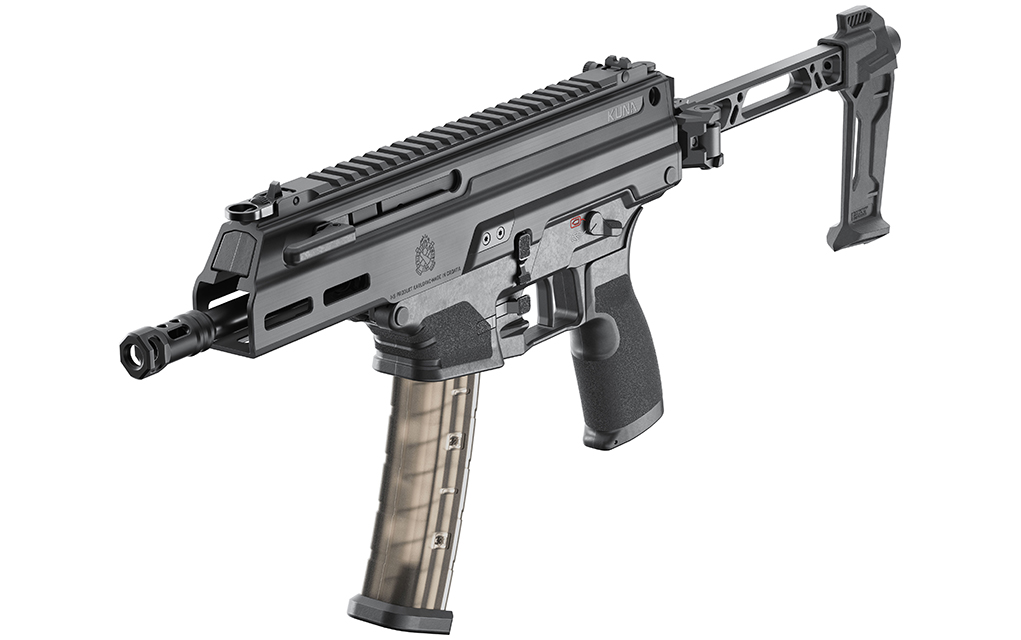
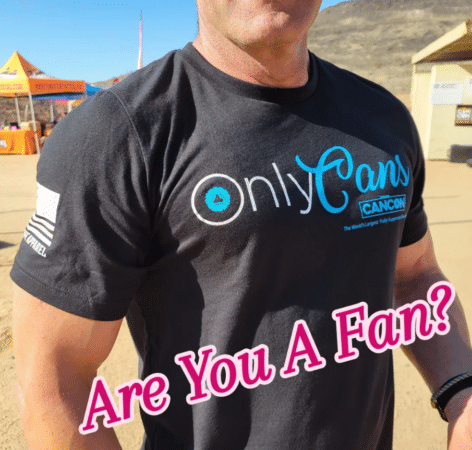
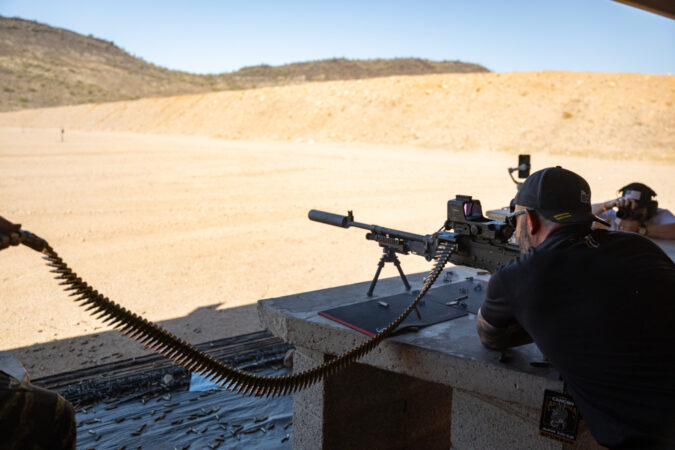
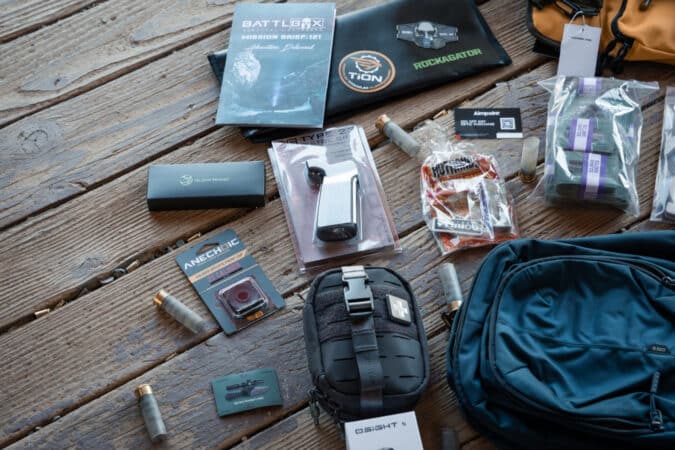
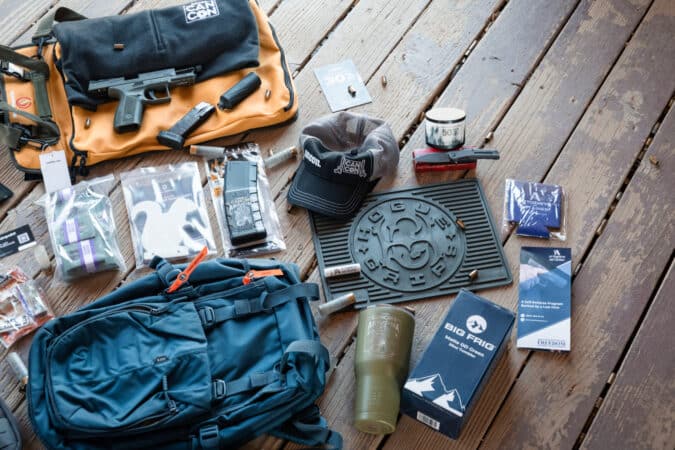
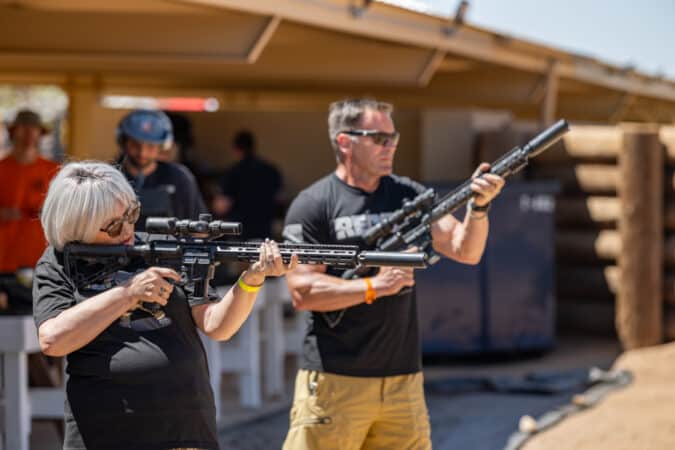
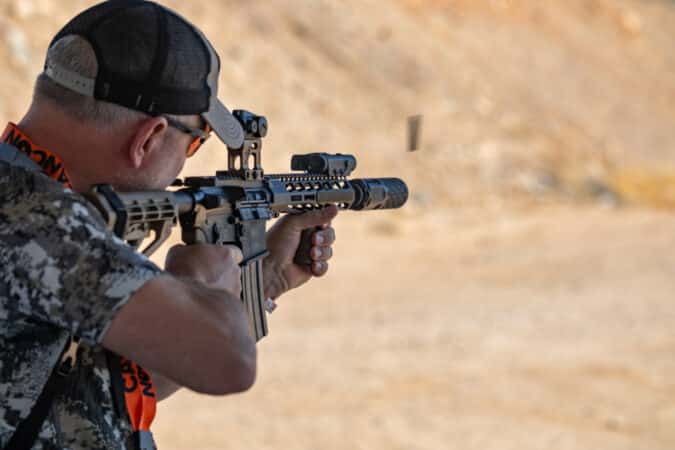
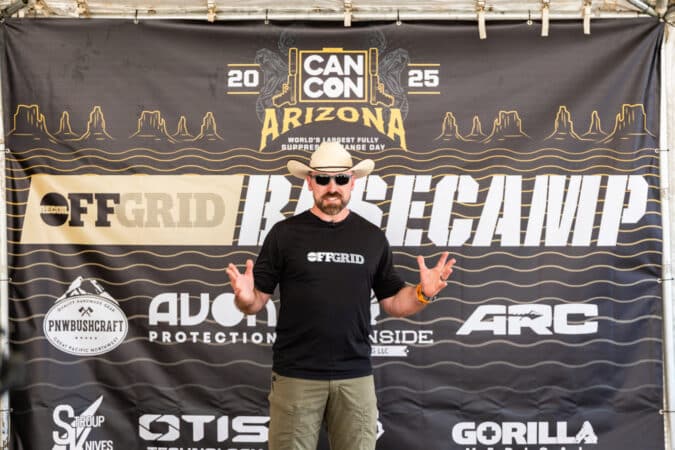
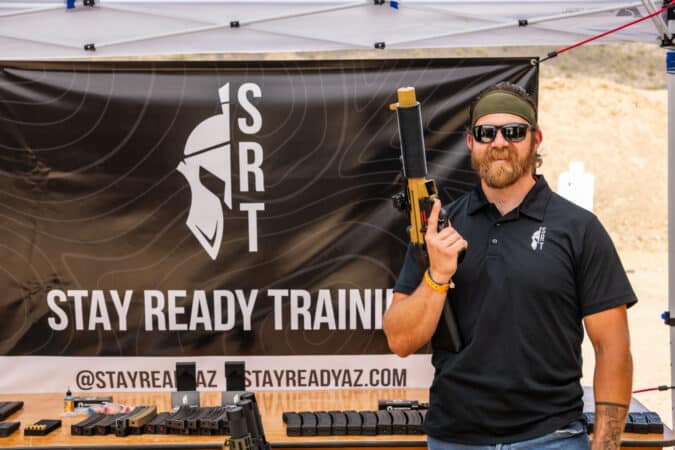
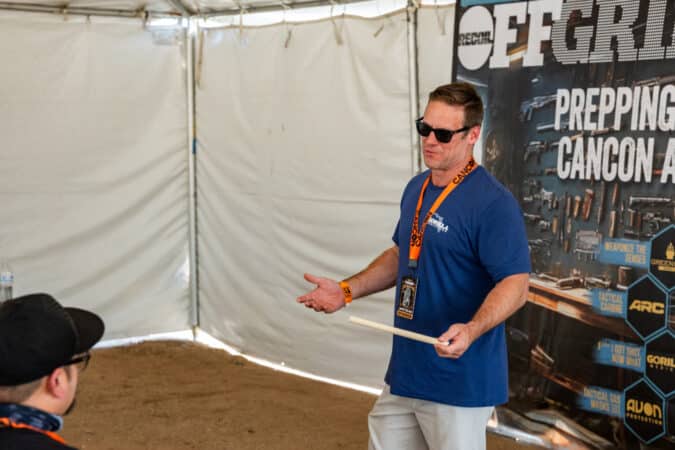
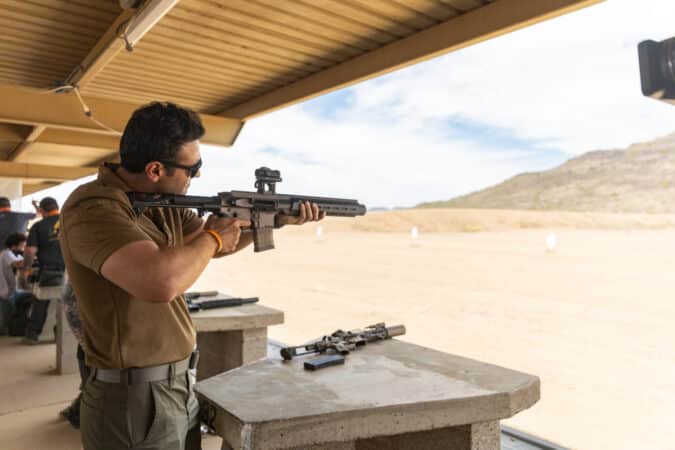
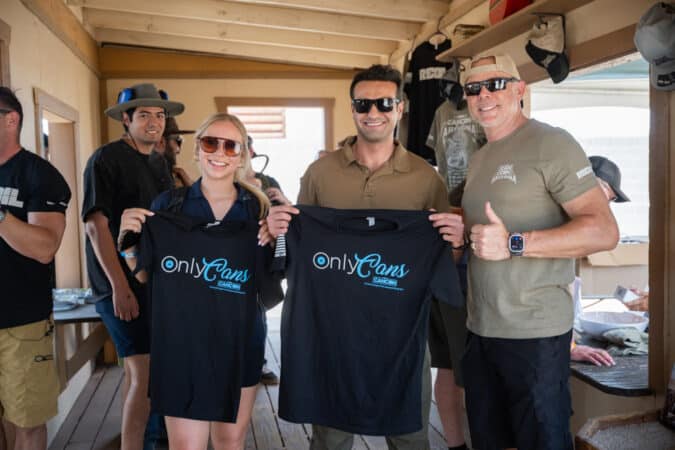

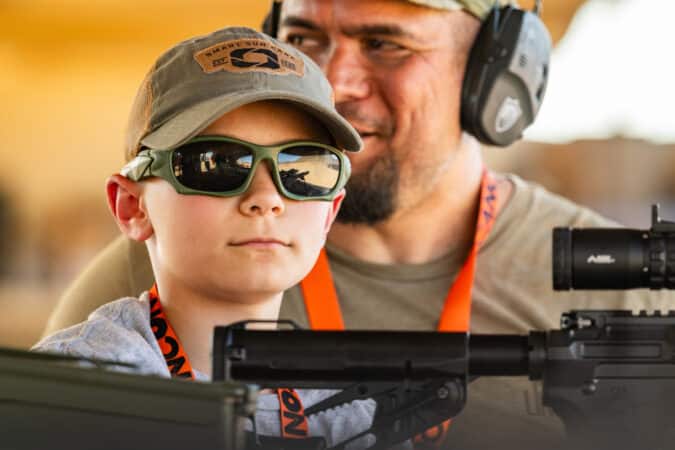
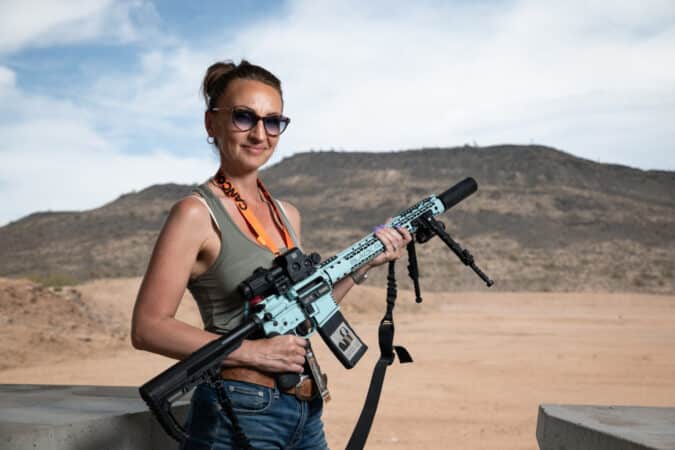
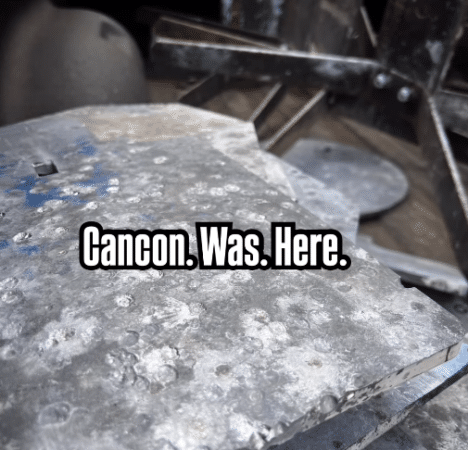
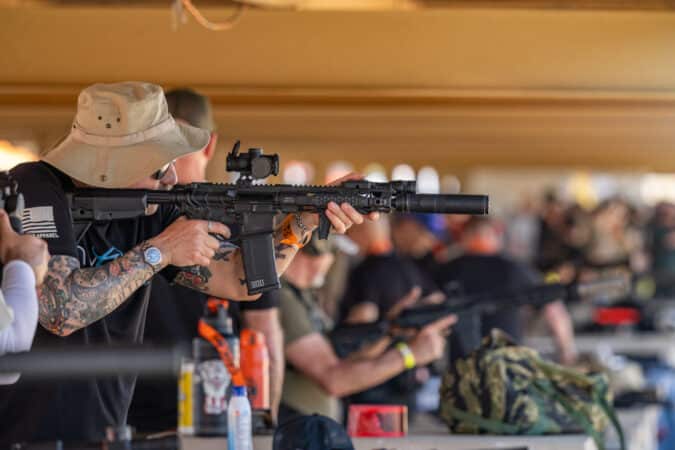
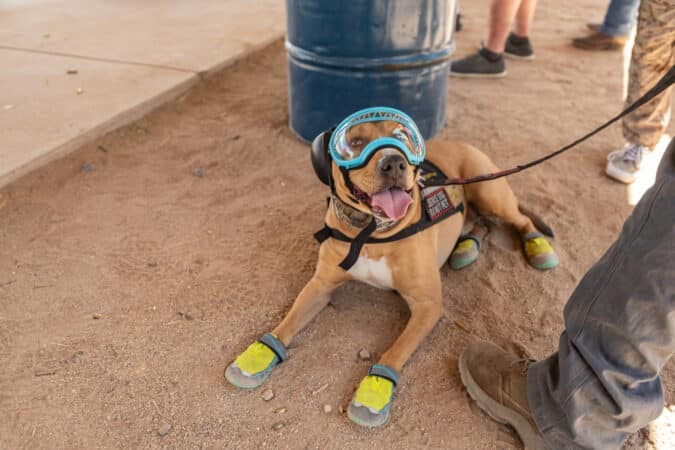
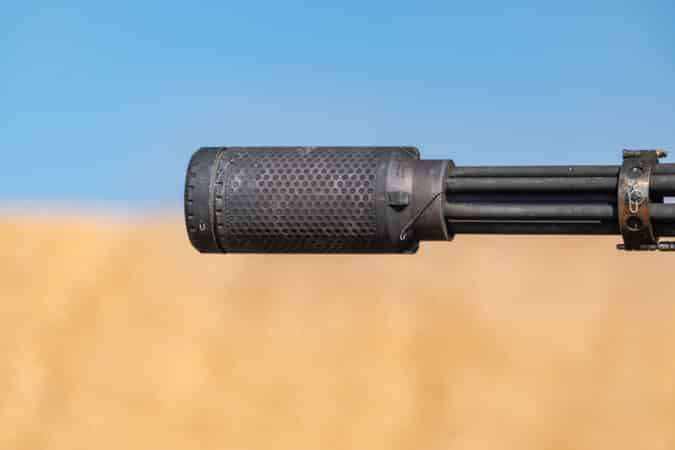

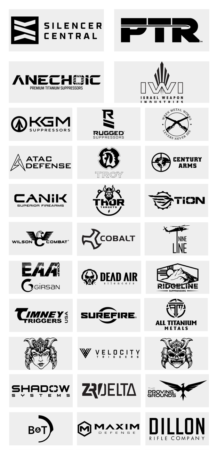
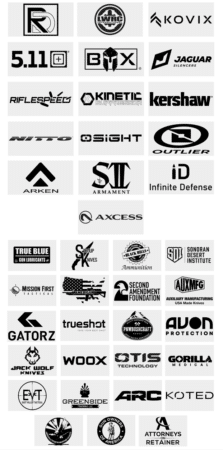
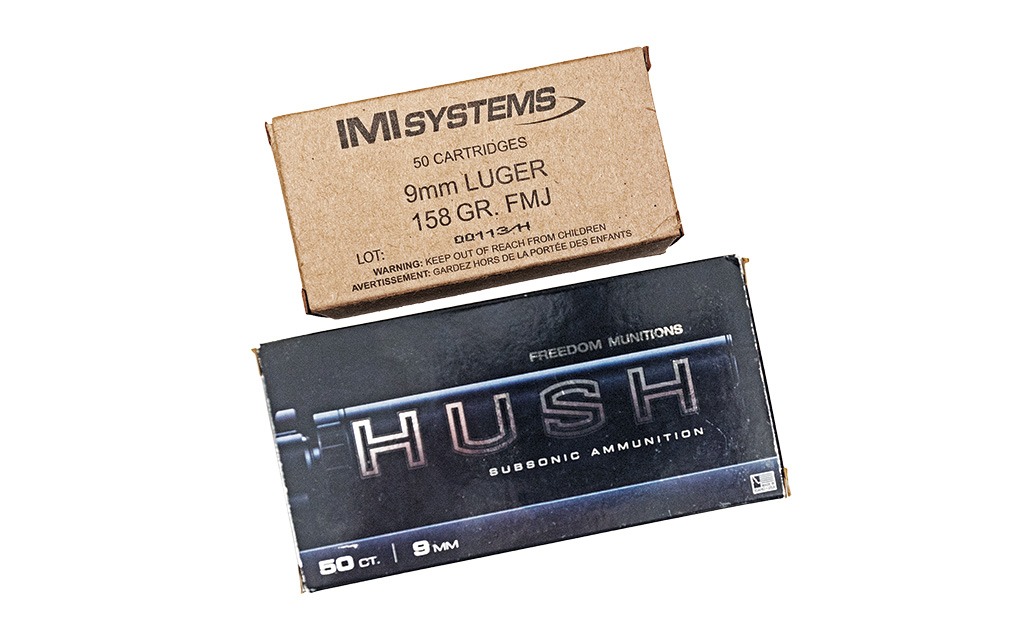
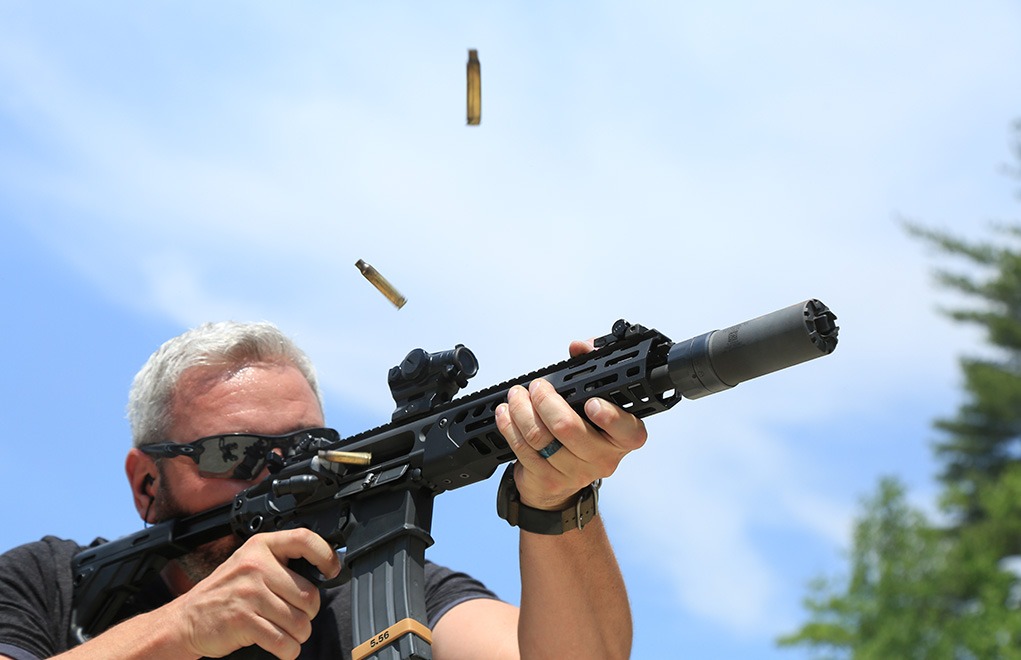
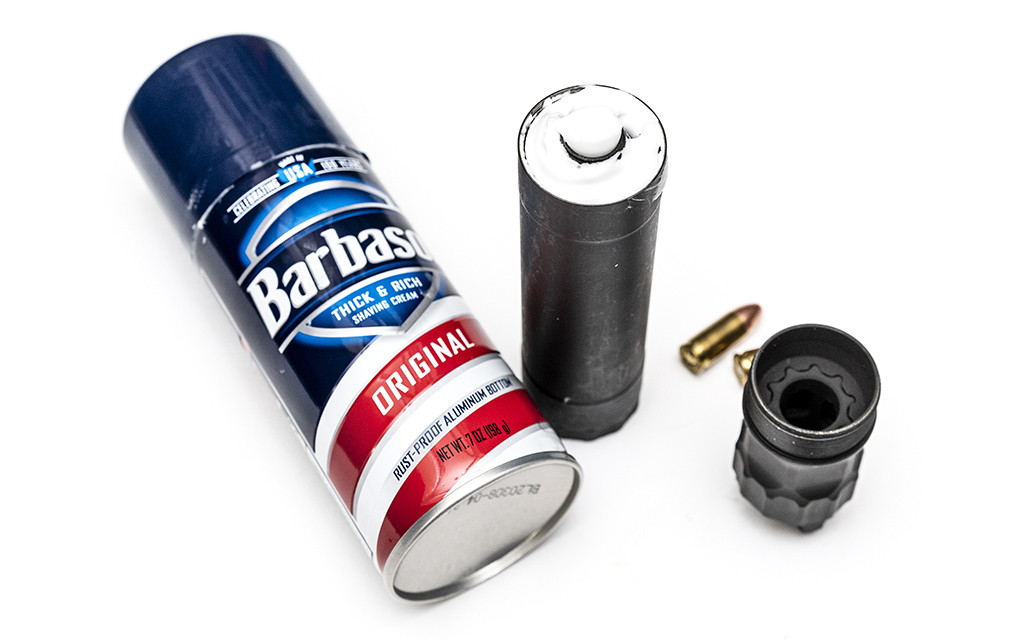

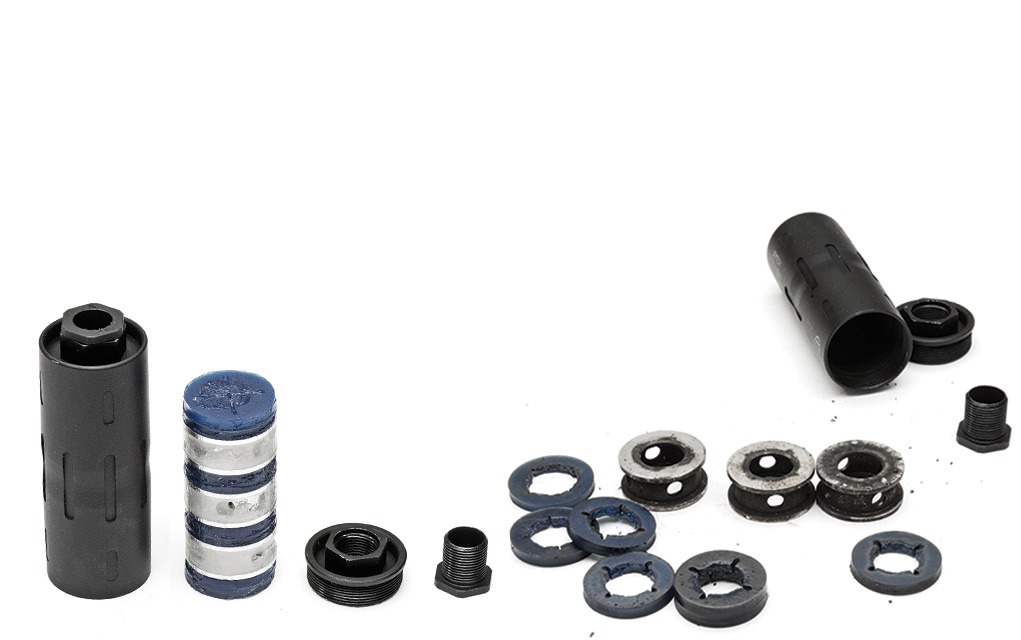
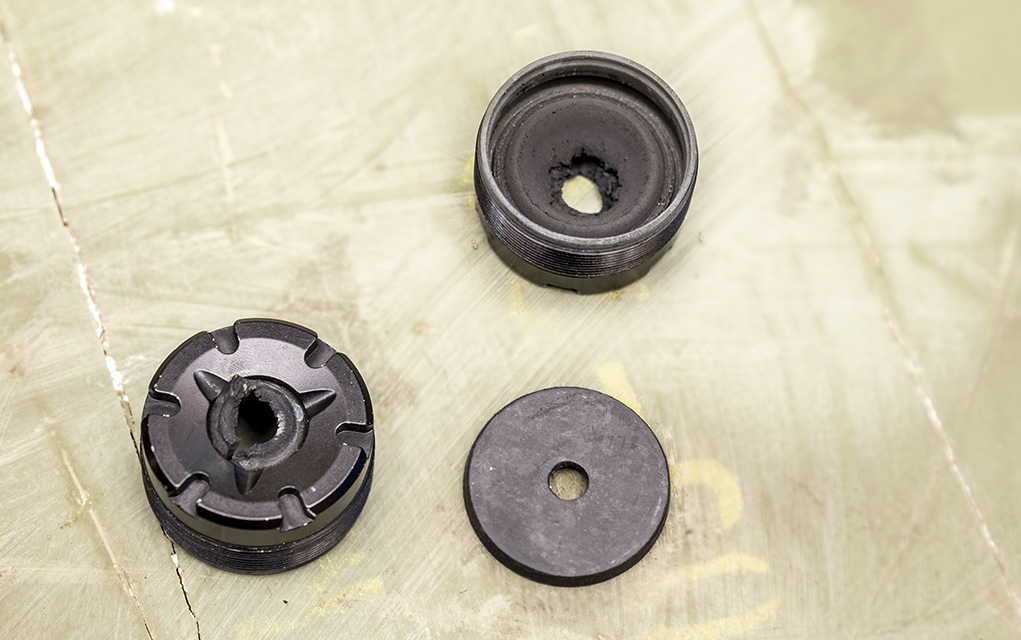

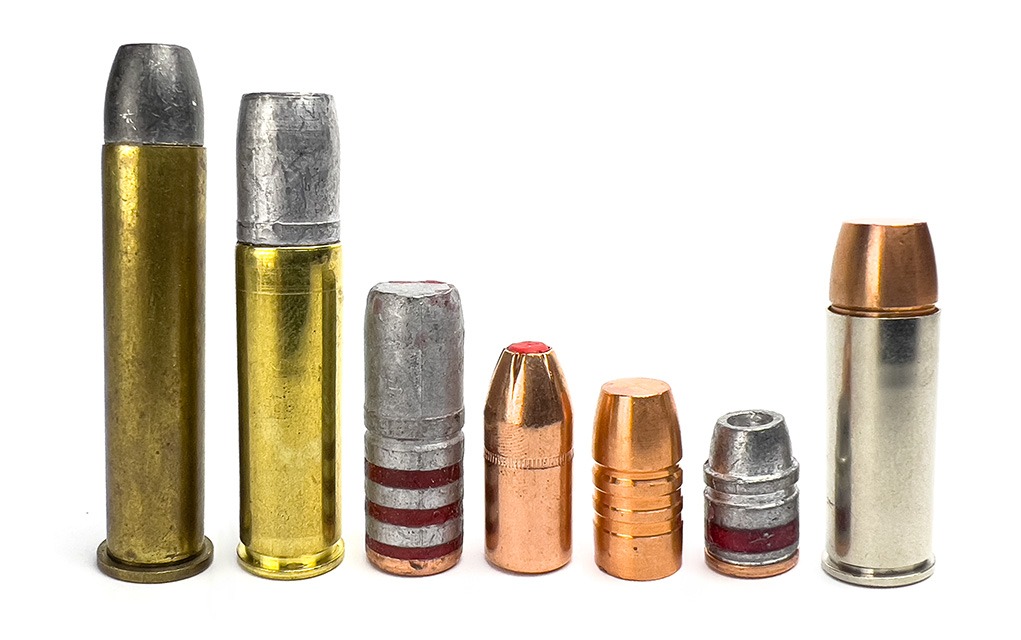
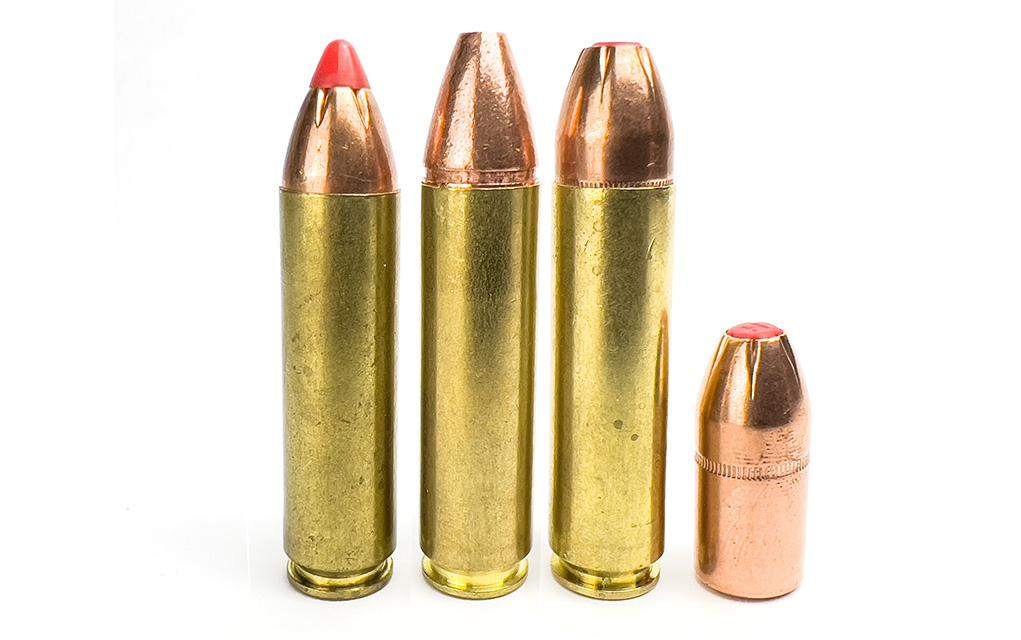
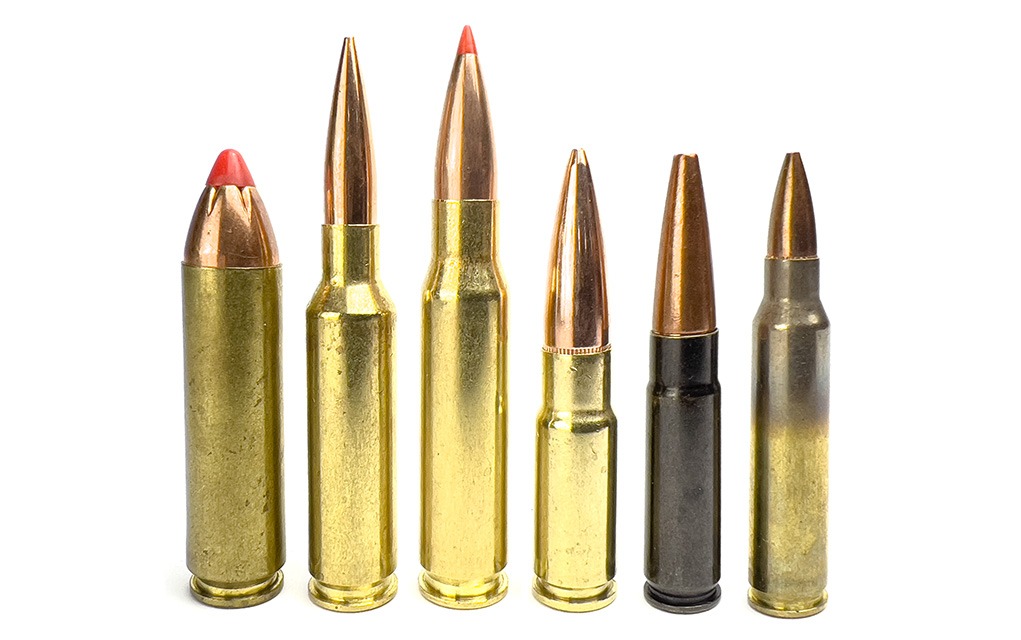
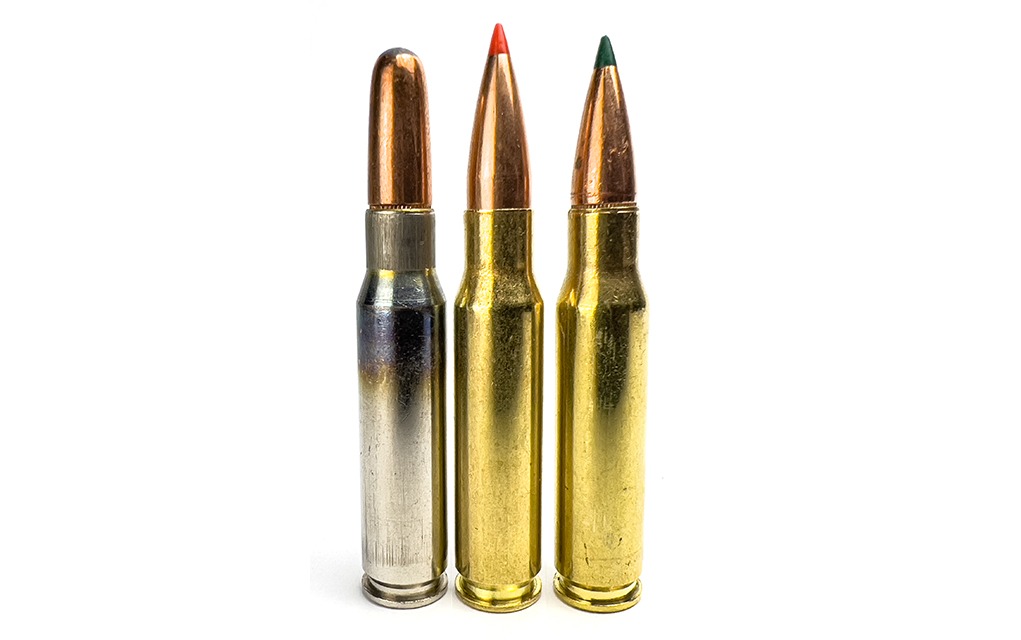
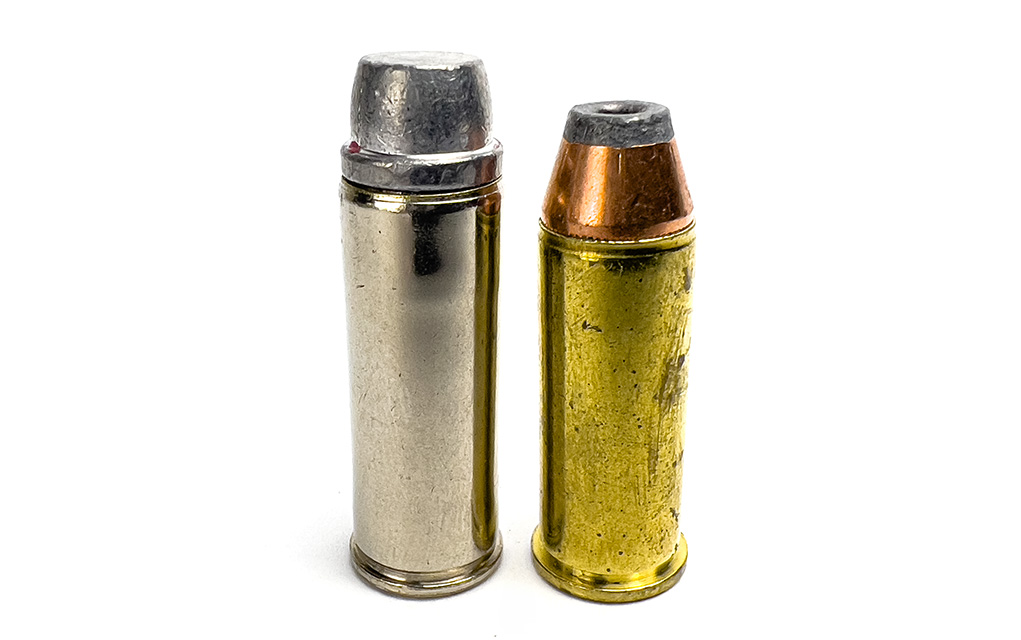
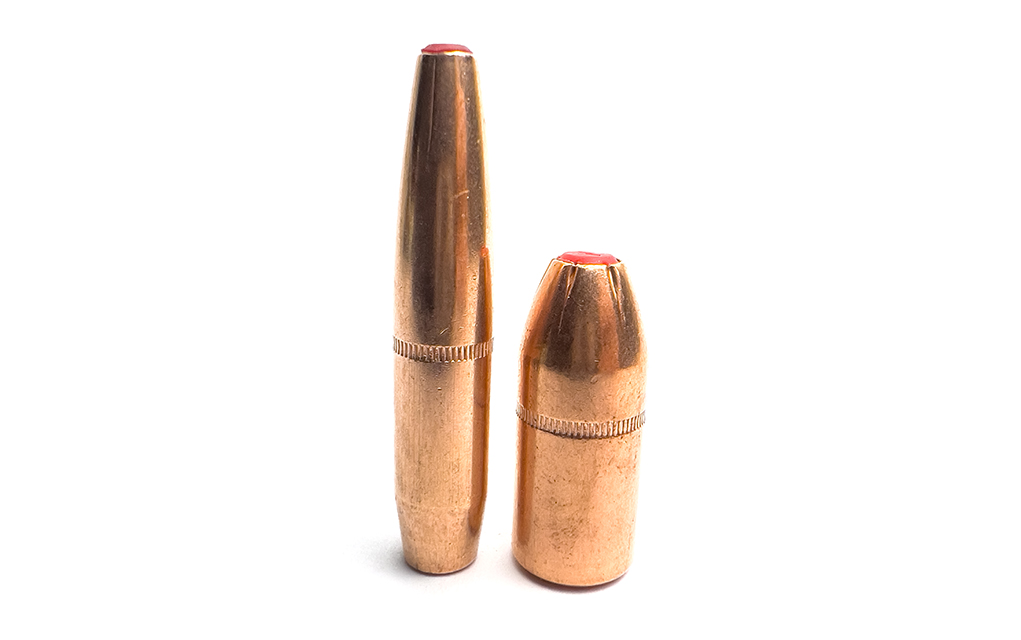

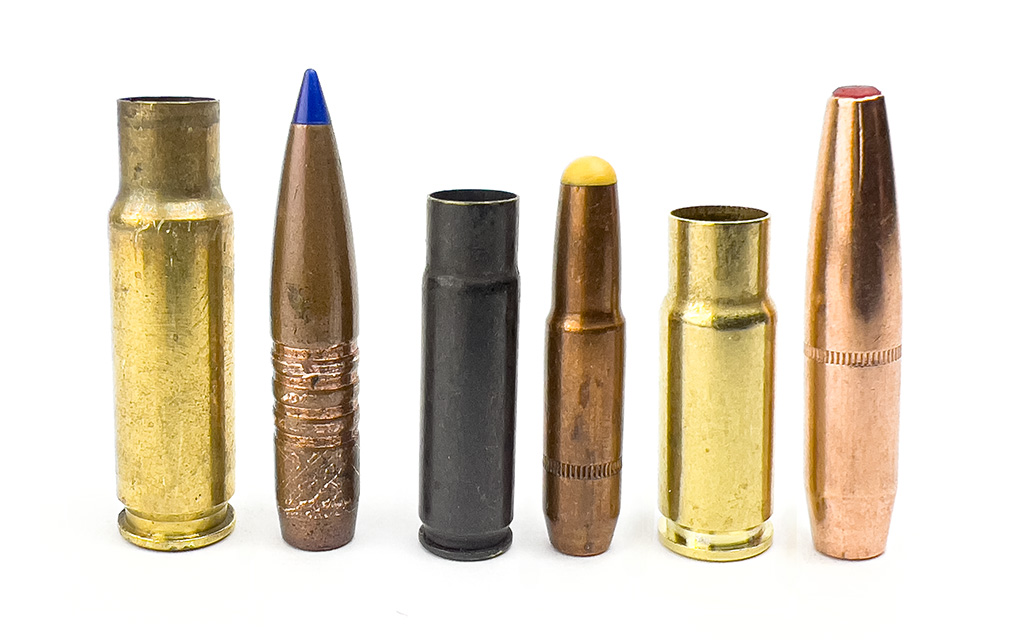
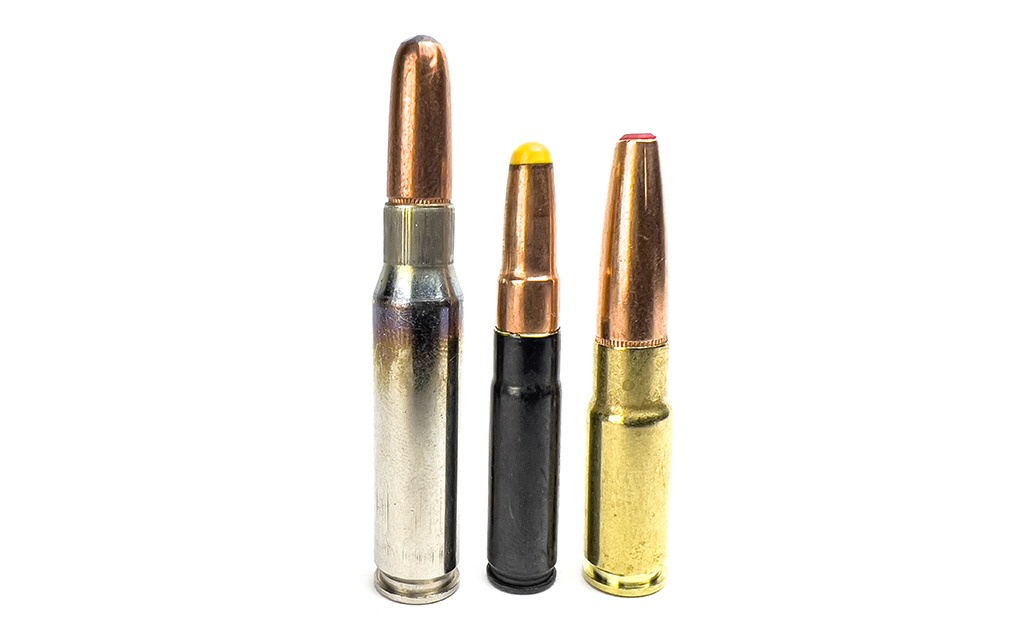
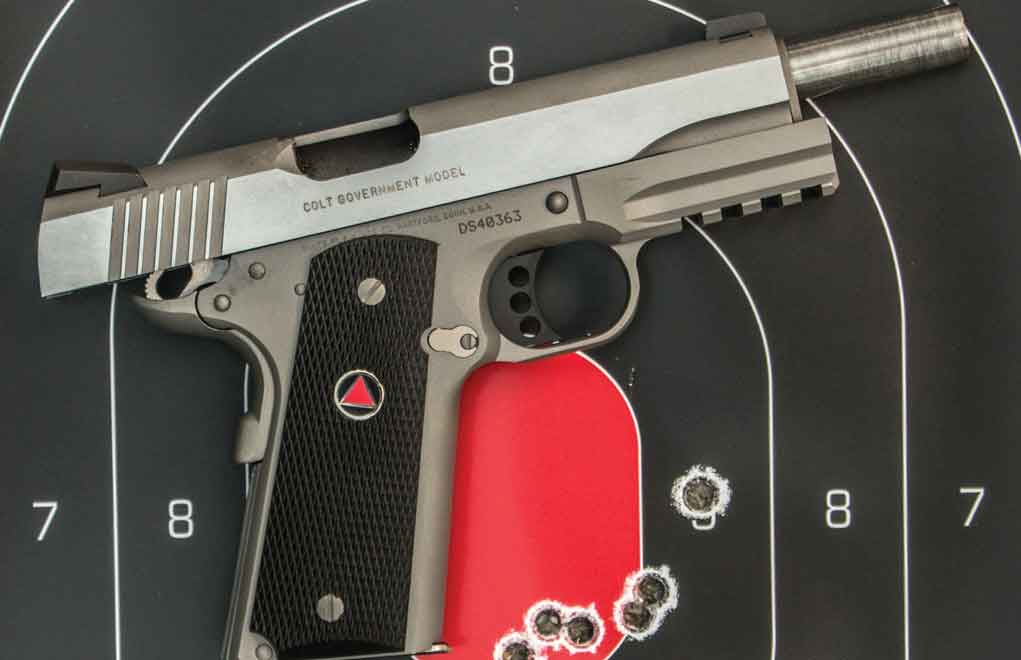
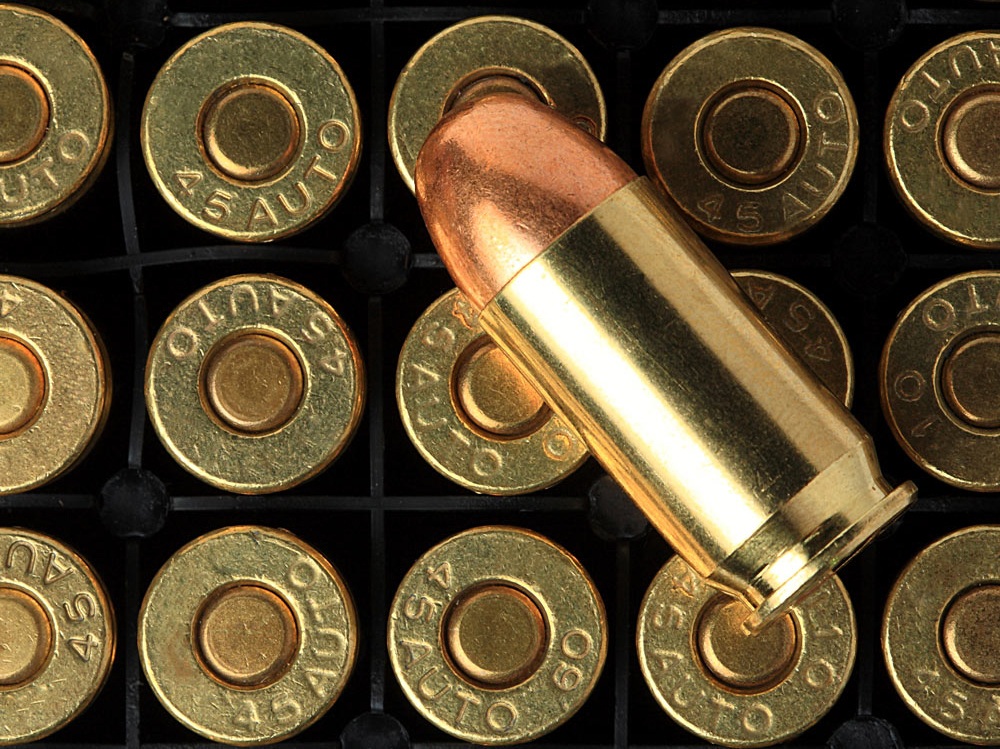
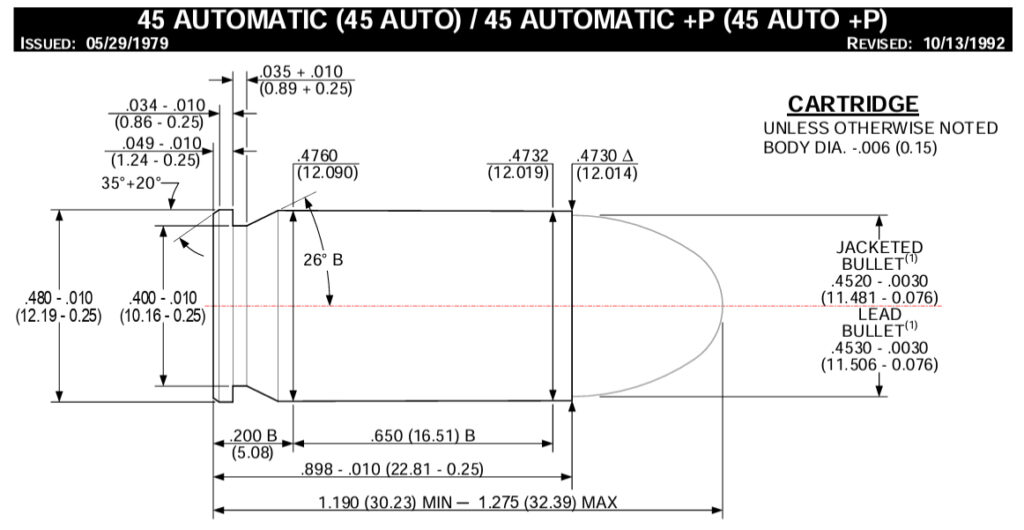
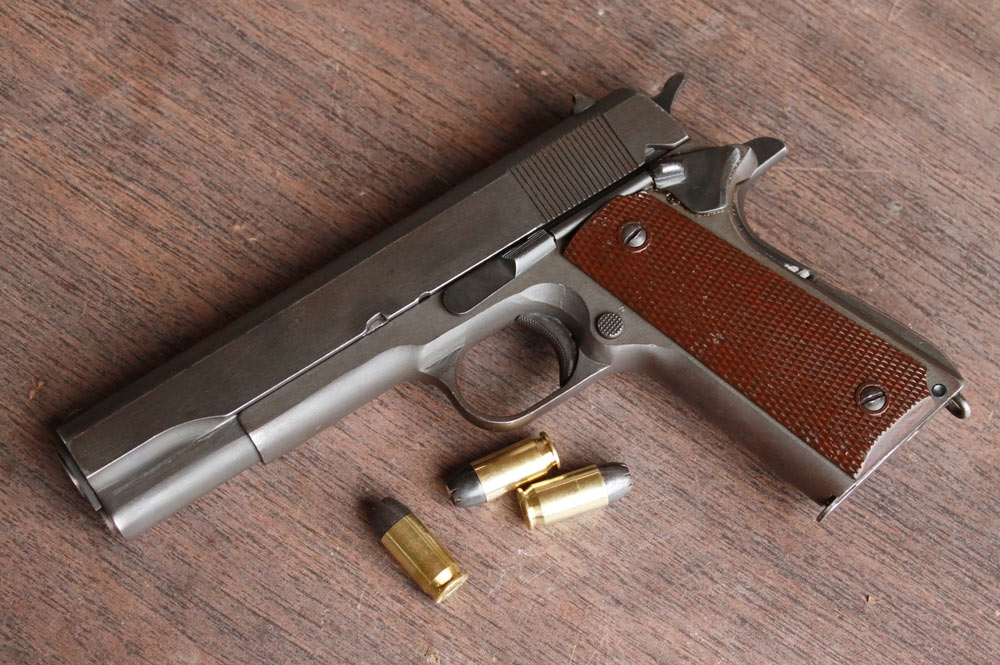





































![Best Concealed Carry Guns In 2025 [Field Tested] Wilson Combat EDC X9S 1](https://gundigest.com/wp-content/uploads/Wilson-Combat-EDC-X9S-1-324x160.jpg)


![Best 9mm Carbine: Affordable PCCs [Tested] Ruger Carbine Shooting](https://gundigest.com/wp-content/uploads/Ruger-Carbine-Shooting-100x70.jpg)
![Best AR-15: Top Options Available Today [Field Tested] Harrington and Richardson PSA XM177E2 feature](https://gundigest.com/wp-content/uploads/Harrington-and-Richardson-PSA-XM177E2-feature-100x70.jpg)
